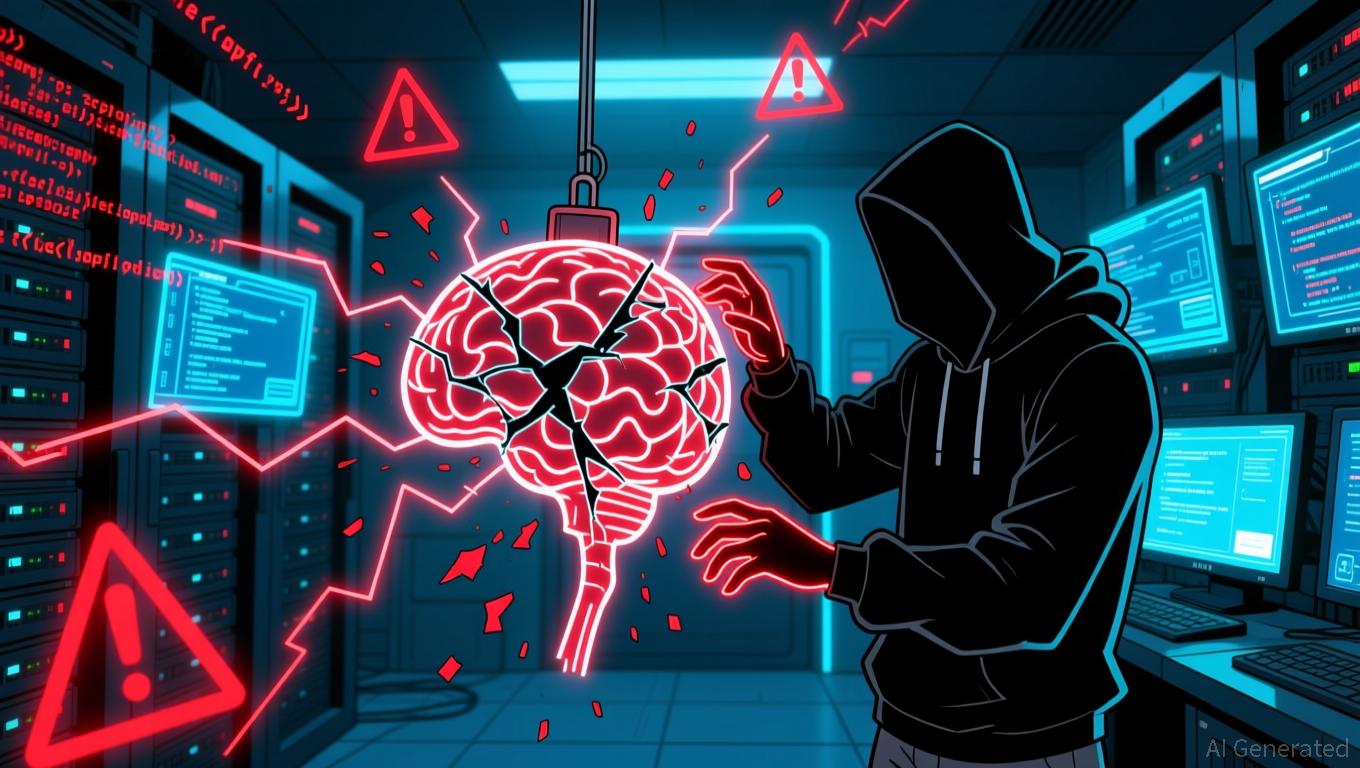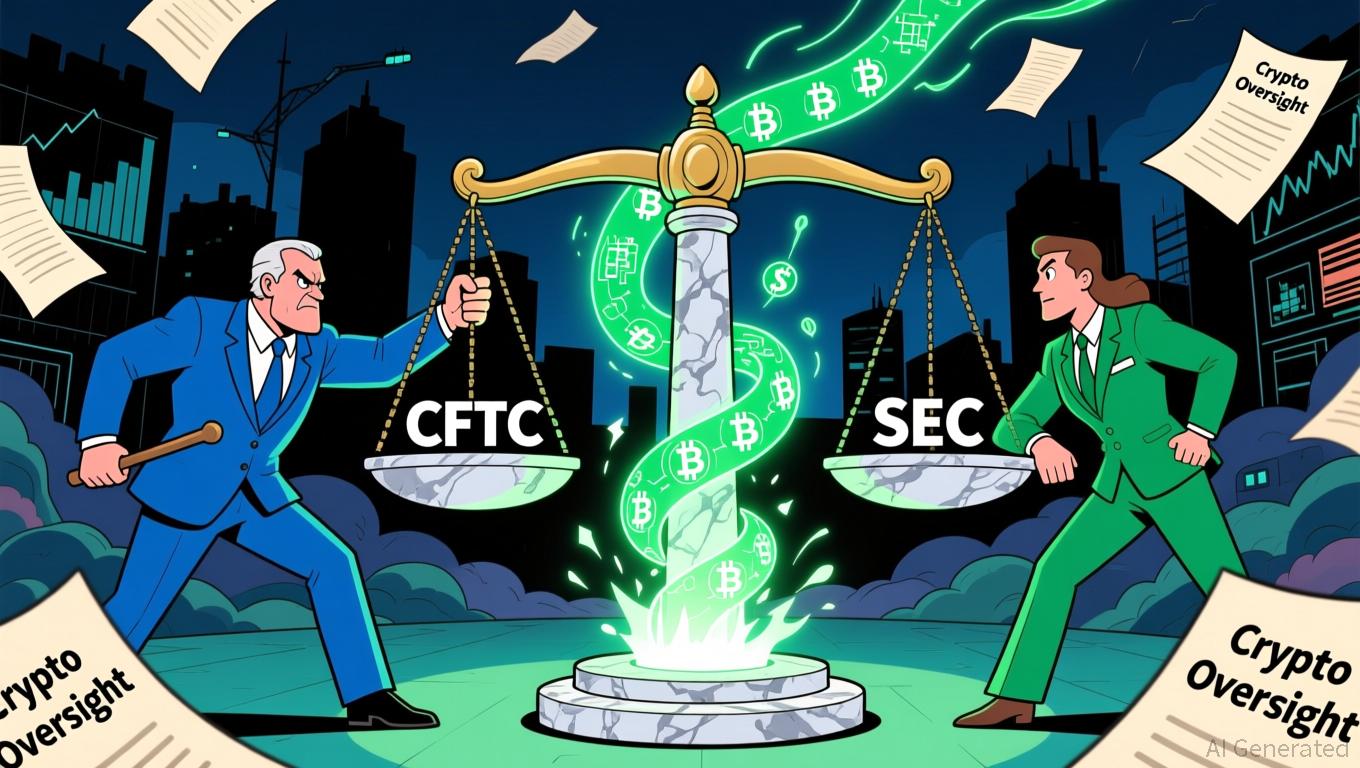EU Crypto Regulations Struggle to Balance Centralized Oversight with Regional Knowledge
- EU Commission proposes centralizing crypto oversight under ESMA, replacing MiCA's national regulator model and sparking industry concerns over legal uncertainty and implementation delays. - Critics warn centralized control risks destabilizing MiCA's 2026 rollout, with national regulators arguing they maintain closer firm engagement and ESMA requiring significant resource boosts. - France and ESMA Chair Verena Ross support centralization for regulatory consistency, but timing concerns persist as national
The European Commission is advocating for a major transformation in how cryptocurrencies are regulated across the EU, suggesting that the European Securities and Markets Authority (ESMA) should take on direct supervision of all crypto businesses within the union. This would move away from the current Markets in Crypto-Assets (MiCA) system, which relies on national regulatory bodies,
At present, MiCA requires crypto companies to obtain approval in one EU country, allowing them to operate throughout the bloc using a "passporting" mechanism. National authorities have spent years preparing for this approach, with the transition period ending in 2026.

Industry stakeholders have voiced significant concerns. Robert Kopitsch, secretary general of Blockchain for Europe,
This initiative is part of a broader push by EU lawmakers to unify oversight of financial markets, such as extending ESMA’s jurisdiction over clearing entities and trading platforms.
Nonetheless, critics argue that the timing of this proposal is problematic. National regulators are already dealing with the challenges of putting MiCA into practice, and transferring duties to ESMA might slow down approvals and make compliance more difficult for companies. In July 2025,
The proposal, which remains in draft status, still needs the backing of both the European Parliament and the Council of member states. If enacted, it could represent a significant change in how the EU manages financial regulation, aiming to balance centralized control with the need for local adaptability. For now, the discussion highlights the ongoing struggle between achieving regulatory efficiency and addressing the complex realities of a diverse and high-risk sector.
Disclaimer: The content of this article solely reflects the author's opinion and does not represent the platform in any capacity. This article is not intended to serve as a reference for making investment decisions.
You may also like
Anthropic Claims Cyberattack Involved AI, Experts Express Doubts
- Anthropic claims Chinese state hackers used AI to automate 80-90% of a cyberattack targeting 30 global entities via a "jailbroken" Claude AI model. - The AI-generated exploit code, bypassed safeguards by fragmenting requests, and executed reconnaissance at unprecedented speed, raising concerns about AI's dual-use potential in cyber warfare. - Experts question the validity of Anthropic's claims while acknowledging automated attacks could democratize cyber warfare, prompting calls for stronger AI-driven de

AAVE Drops 13.95% Over 7 Days Amid Strategic Changes Triggered by Euro Stablecoin Regulatory Approval
- Aave becomes first DeFi protocol to secure EU MiCA regulatory approval for euro stablecoin operations across 27 EEA states. - The Irish subsidiary Push Virtual Assets Ireland now issues compliant euro stablecoins, addressing ECB concerns about USD-dominance in crypto markets. - Aave's zero-fee Push service generated $542M in 24-hour trading volume, contrasting with typical 1-3% fees on centralized exchanges. - With $22.8B in borrowed assets, the platform's regulatory milestone is expected to accelerate a
SEI Faces a Turning Point: Will It Be a Death Cross or a Golden Cross?
- SEI , Sei's native token, shows early recovery signs amid crypto market slump, with technical indicators suggesting potential breakout from prolonged consolidation. - Despite 2.83% 24-hour decline to $0.17, increased $114.1M trading volume and TD Sequential buy signals highlight critical inflection point potential. - Market analysis identifies $0.1756 support and $0.1776 resistance levels, with death cross risks below $0.1745 and golden cross potential above $0.1787. - Fear/greed index at 25 reflects ext

Bitcoin News Update: CFTC's Broader Role in Crypto Regulation Ignites Discussion on Clearer Rules
- U.S. lawmakers propose expanding CFTC's crypto oversight via a bill reclassifying spot trading, diverging from SEC's enforcement approach. - Harvard University invests $443M in BlackRock's IBIT ETF, reflecting institutional confidence in crypto as a legitimate asset class. - DeFi projects like Mutuum Finance raise $18.7M in presales, leveraging regulatory momentum and transparent on-chain credit systems. - RockToken's infrastructure-backed crypto contracts attract long-term investors with structured yiel
